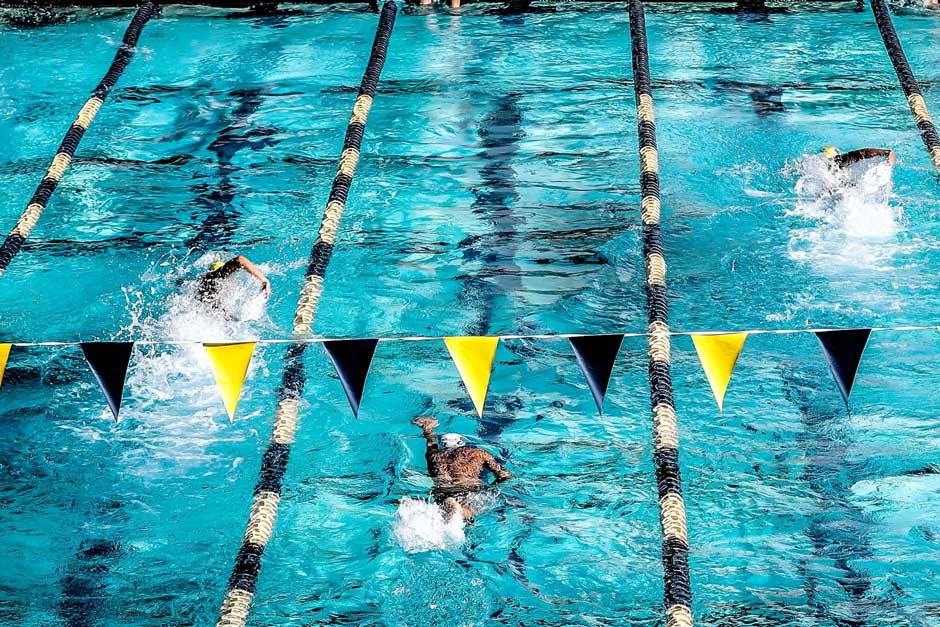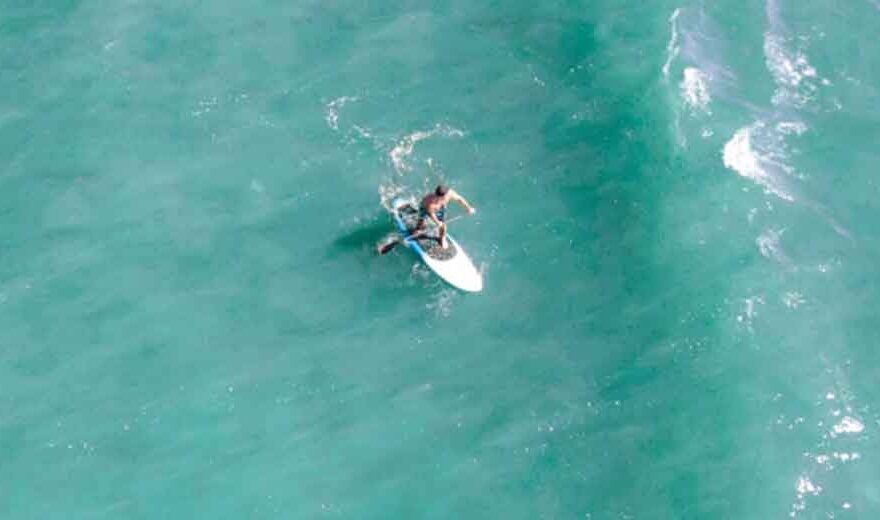Swimming Exercise Equipment: The Must-Have Gear for Training Smarter

Whether you’re a competitive swimmer, a fitness enthusiast, or just looking to enhance your aquatic workouts, the right swimming exercise equipment can transform your training sessions. From improving stroke technique to building endurance and strength, this gear is essential for anyone aiming to train smarter in the water.
Why Swimming Exercise Equipment Matters
Swimming is already a full-body, low-impact workout that enhances cardiovascular health, muscular endurance, and flexibility. But with swimming exercise equipment, you can:
- Target specific muscle groups
- Improve swimming mechanics
- Increase workout intensity
- Track progress and performance
By incorporating the right tools, swimmers can break through plateaus and optimize every minute in the pool.
Essential Swimming Exercise Equipment for Smarter Training
Let’s dive into the must-have gear that can elevate your swim training regimen:
-
Kickboard
A staple in any swimmer’s gear bag, the kickboard isolates the legs, allowing swimmers to focus on their kick technique and lower body strength. It helps build powerful legs without the distraction of arm movements.
Best for:
- Strengthening leg muscles
- Improving kick efficiency
- Beginners practicing form
-
Pull Buoy
Placed between the thighs, a pull buoy keeps the legs afloat and immobile. This allows swimmers to concentrate on their arm stroke and body position without kicking.
Best for:
- Enhancing upper body strength
- Refining pull technique
- Focusing on stroke mechanics
-
Swim Fins
Swim fins increase propulsion, which helps swimmers maintain proper body position and kick tempo. They also reduce shoulder stress by allowing for faster, more fluid movements.
Best for:
- Developing ankle flexibility
- Speed training
- Strengthening the legs
-
Hand Paddles
Hand paddles add resistance to each stroke, forcing swimmers to engage more upper-body muscles and improving stroke technique. However, they should be used with care to avoid shoulder strain.
Best for:
- Building upper body power
- Improving stroke catch and pull
- Advanced technique refinement
-
Snorkel
A front-mounted snorkel allows swimmers to focus entirely on stroke and body alignment without turning the head to breathe. This improves efficiency and helps eliminate cross-body movements.
Best for:
- Practicing head-down swimming
- Enhancing body alignment
- Developing a steady rhythm
-
Resistance Bands and Drag Equipment
Training with drag suits, parachutes, or resistance bands in the water challenges your strength and endurance. When used strategically, this type of overload training can significantly improve performance.
Best for:
- Increasing resistance
- Building explosive power
- Mimicking race-day fatigue
-
Swim Parachute
This small parachute adds drag behind the swimmer, forcing them to work harder with each stroke. It’s an excellent tool for resistance training and improving muscular strength.
Best for:
- Strength and endurance building
- Enhancing power output
- Sprinters and competitive swimmers
-
Tempo Trainer
A tempo trainer is a metronome that attaches to your goggles or cap. It helps swimmers maintain consistent stroke rates and pacing, making it an invaluable tool for race preparation.
Best for:
- Stroke rate consistency
- Pacing drills
- Distance swimmers
-
Swim Paddles with Tubes
These add a unique feel to your hand position and provide variable resistance. Some models even correct improper hand entry or pulling technique, making them ideal for both training and technique correction.
Best for:
- Skill correction
- Feedback on technique
- Building hand awareness
-
Waterproof Fitness Trackers
Many modern wearables are now swim-capable, tracking everything from stroke count to SWOLF (a measure of swimming efficiency). Some popular choices include the Garmin Swim, Apple Watch, and FINIS Swim Sense.
Best for:
- Monitoring progress
- Tracking heart rate and lap splits
- Competitive swimmers and data-driven training
Building Your Smart Swim Kit
Now that we’ve covered the essentials, how do you choose the right swimming exercise equipment for your needs?
Beginner Swimmers
Start with the basics:
- Kickboard
- Pull buoy
- Fins
These tools help with foundational skills like breathing, balance, and stroke form.
Intermediate Swimmers
Add gear that enhances resistance and technique:
- Snorkel
- Hand paddles
- Tempo trainer
These items will help fine-tune mechanics and develop speed.
Advanced/Competitive Swimmers
Optimize every aspect of training:
- Drag equipment
- Swim parachute
- Swim tracker
High-level swimmers benefit from gear that simulates race conditions and provides performance analytics.
Training Smarter, Not Just Harder
Incorporating swimming exercise equipment into your routine isn’t about making workouts harder for the sake of it. It’s about being intentional with each set, drill, and stroke. This approach leads to:
- More efficient energy use
- Reduced injury risk
- Sharper technique
- Faster recovery and adaptation
Safety and Best Practices
While gear can be a game changer, it should be used correctly:
- Don’t overuse resistance toolsto avoid strain
- Alternate equipmentto work different muscle groups
- Listen to your bodyand rest when needed
- Get guidancefrom a coach or swim expert when trying new gear
Final Thoughts
Training smarter in the pool means taking full advantage of the best swimming exercise equipment available. Whether you’re building strength with paddles, refining form with a snorkel, or tracking metrics with a smartwatch, every piece of gear serves a purpose. With the right tools and mindset, you can turn every swim session into a powerful, purposeful workout that brings you closer to your fitness or competitive goals.
So, grab your gear, hit the water, and swim smarter, not just harder.


